I am always delighted to help find books for kids. A young USAF family being reassigned from Japan sent me an email asking for book recommendations for Japanese-themed and Japanese/English, bilingual books. These are the books I’d recommend to keep the kids exposed to the Japanese language.
Bilingual Japanese Books for Kids
Let’s Learn Japanese: First Words for Everyone by Aurora Cacciapuoti
For anyone trying to grow their Japanese language vocabulary, this picture book geared for children will work for all ages. The words are grouped by theme and include English, kanji (which are Chinese characters that Japanese uses), and hiragana and/or katakana (which is like a Japanese alphabet. I like the illustrations of fruit and objects the most because they are more colorful. The illustrations of people are not my favorite nor the page spreads that read more as monochromatic. Still, this is a serviceable picture book to enjoyably learn Japanese nouns. [picture book, ages 4 and up]
My First Book of Japanese Words: An ABC Rhyming Book by Michelle Haney Brown
This is a lovely picture book in ENGLISH but with Japanese words for each letter both in Hiragana and Kanji. There are also interesting tidbits of information about the Japanese culture that kids would enjoy. [picture book, ages 2 and up]
Tiny Travelers Japan Treasure Quest (A Search and Find Book) by Wolfe & Jaramillo
Each page spread introduces a word related to Japanese culture. The term is both in Japanese and English phonetic pronunciation. A search and find game is embedded in the text to find Japanese “treasures.” This board book has rhyming text as well as a factoid. This is a fun way to learn about Japan! [board book, ages 2 and up]
Japanese Themed Picture Books for Preschoolers
Here are more picture books with references to Japan.
I also have a post on Top 10: Japanese American Books and Teach Me Tuesday: Japan
Japanese/English Bi-Lingual Folktale Picture Books
I happen to have these Japanese Folk Tale books that I found in a Japanese bookstore in Orange County when visiting my mom. They are lovely little books on famous Japanese folk tales and are bi-lingual.


The Tale of the Lucky Cat by Sunny Seki
The waving cat at Japanese restaurants and stores might be familiar but perhaps this Japanese folktale of how the Maneki Neko (The Cat That Invites Good Luck) is new to you. It’s new to me and I’m half Japanese!
Long ago in Japan, a kind but poor toymaker named Tokuzo traveled from village to village to sell his toys. He happened to see a cat running from a dog who ended up in a terrible accident.
Tokuzo took the cat home and nursed it carefully but the cat died. He carefully buried the cat, said his goodbye and went on his way. A storm started, and Tokuzo took shelter under a tree. Suddenly he saw a waving cat that looked exactly like the cat he rescued. Puzzled, he went to the cat. An instant later, lightning struck the very tree he stood under. Was this the very same cat who had died?
He told many people about this mysterious cat and ended up asking a wise old man, a master craftsman for advice. Tokuzo decides to create a statue of the cat to share his good luck. The statue, made of clay, ends up being as a waving cat, very much like the ones you see today!
This story reminds us that all acts of kindness matter.
Bilingual Japanese folktale in Japanese and English! [Picture book, for ages 4 and up.]
These books are great and have Japanese vocabulary words throughout both books as well as cover the holidays and traditions of the Japanese people. I learned a lot from them!
Japanese Themed Easy Chapter Book
The Story of Yuriwaka: A Japanese Odyssey is a short chapter book that would be good for older kids.
Haiku Poetry Picture Books
Cool Melons – Turn to Frogs!: The Life and Poems of Issa by Matthew Golub, illustrated by Kazuko G. Stone
This picture book is a translation of Haiku poems by Issa, a Japanese poet born in 1763 on a farm in central Japan. He began writing haiku as a young child. [picture book, ages 6 and up]
My First Book of Haiku Poems: A Picture, A Poem and a dream translated by Esperanza Ramirez-Christensen, illustrated by Tracy Gallup
Classic poems by Japanese haiku masters are presented in both English and Japanese. The commentary below including discussion questions for each poem helps to connect the poem with the illustration to deepen the meaning of the spare and beautiful words. This is a great resource to introduce haiku to kids in the classroom or at home! [picture book, ages 5 and up]
Here are a few more children’s books for learning Japanese:
How My Parents Learned to Eat by Ina R. Friedman, illustrated (gorgeously!) by Allen Say
Thank you to Rachel for this great recommendation! I have heard so much about this book but I don’t think I’ve read it yet! [picture book, ages 6 and up]
To view any book more closely at Amazon, please click on image of book.
To examine any of the items listed, please click on image of item. As an Amazon Associate, I earn from qualifying purchases.
p.s. Related posts:
Best #OwnVoices Japanese American Books for Kids & Teens
21 Wonderful Japanese Folk Tales for Kids
Korean and Japanese Sword Making
Japanese Internment Books for Kids & My Family’s Story
Poetry for Kids: Haiku using Japanese Art
Science of Japanese Ramune Soda for Kids
Japanese Heroes Picture Book of the Day and GIVEAWAY
Japan: Books for Kids on Shogun, Family Crests, Block Prints
Japanese American Post Internment Story: Journey Home (ages 8-12)
List of Books that inspired graphic novel NORI
Earth Day: No Trash Town in Japan
BEST #OWNVOICES CHILDREN’S BOOKS: My Favorite Diversity Books for Kids Ages 1-12 is a book that I created to highlight books written by authors who share the same marginalized identity as the characters in their books.

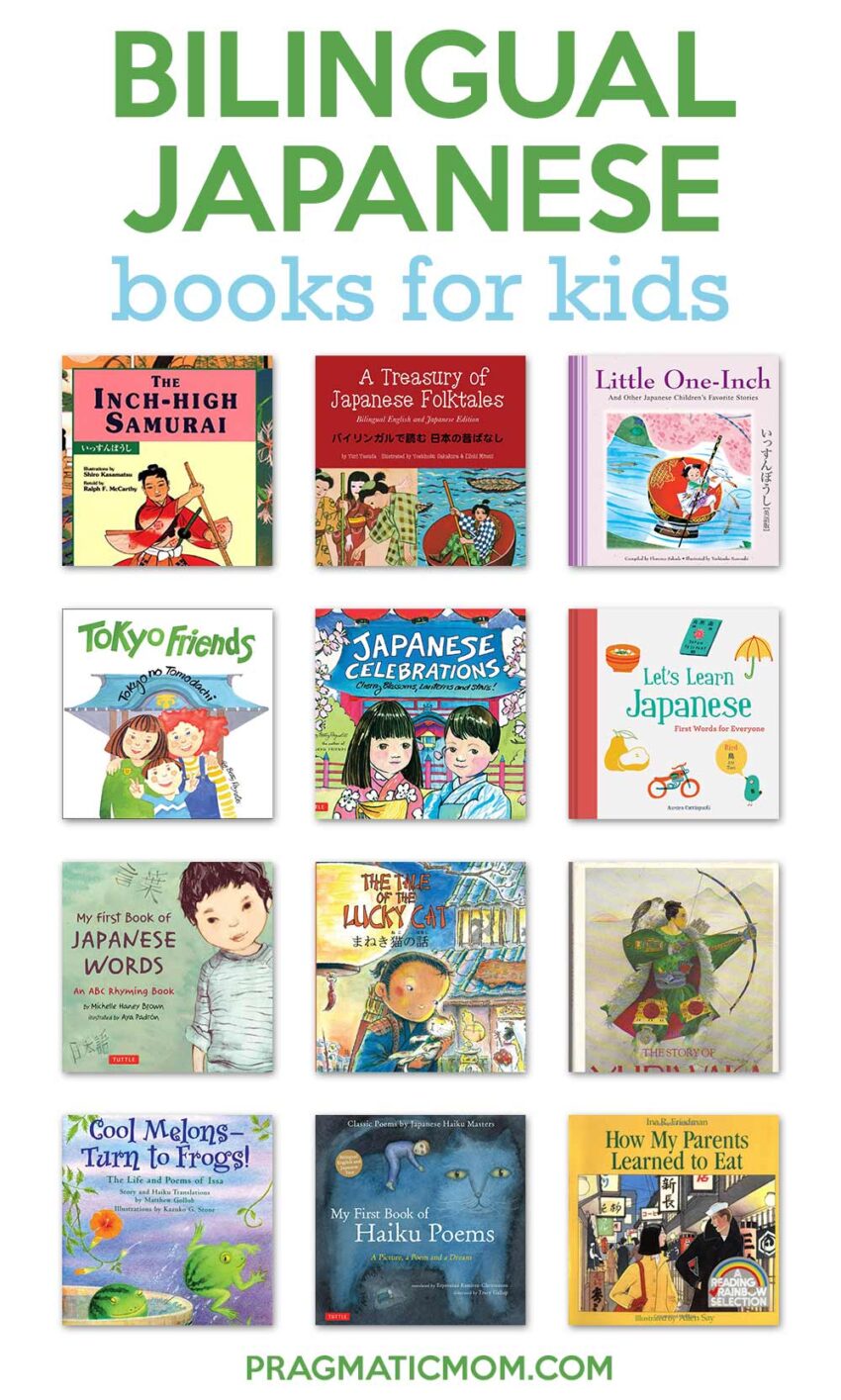























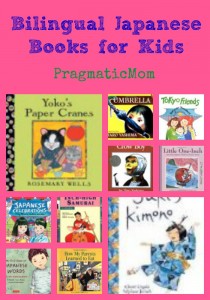
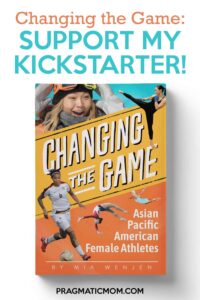


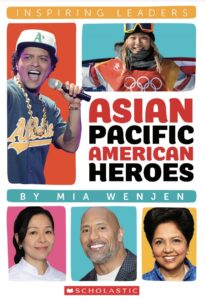

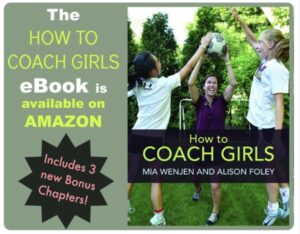


What about HOW MY PARENTS LEARNED TO EAT illustrated by Allen Say and written by Ina Friedman? One of my favorites!
To Rachel,
Thank you. Great addition. I am a huge fan of Allen Say!
We LOVE Yoko!
To Julia’s Child,
Yoko is one of my very favorite books to for so many reasons! Bullying, being Japanese, eating and trying new foods, and an example of the most wonderful teacher ever! Thank you for your comment!
Wonderful post, great blog theme, continue the good work
My children absolutely loved “How My Parents Learned to Eat” and would ask me to read it again and again.
Hi Karen,
My family is bi-racial (Chinese and Japanese) so this book spoke to us as well!
You should try Take Me Out To the Yakyu by Aaron Meshon. It is about baseball in Japan and America. My 3 yr old LOVES it.
Hi Melissa,
Great addition! Adding it to my list! Thanks so much!!!
Hi Mia,
I just came upon your blog through the kid lit blog hop. Do you speak Japanese? I have some Japanese newsreels from WWII and am trying to use them in conjunction with a book I’ve written: PURE GRIT-HOW AMERICAN WWII NURSES SURVIVED BATTLE AND PRISON CAMP IN THE PACIFIC.
I am trying to find a Japanese speaker to listen to them and give me the gist of what they are saying.
Thanks.
Trying to find books for baby grandson that have both English and Japanese words. I have found a few written in Japanese characters but cannot read the characters.
Any suggestions?
Thank you, Ann
Hi Ann,
Tokyo Friends is good because it is written in English but has words in Japanese as well with alphabet pronunciation. Japanese Celebrations is also by same author with same format.
My First Book of Japanese Words is a beautifully illustrated book that introduces young children to Japanese language and culture through everyday words.
When my husband was first starting out as a Japanese language student, bilingual books, especially baby books, were so helpful! Bilingual children’s books don’t have to just be for children – they can really open up languages to language learners who quite a bit older, too… 🙂
Hi Jane,
I’m trying them out with my kids who are trying to learn Spanish! It’s going to be so much easier than a chapter book which my high school kids will be attempting in the spring!